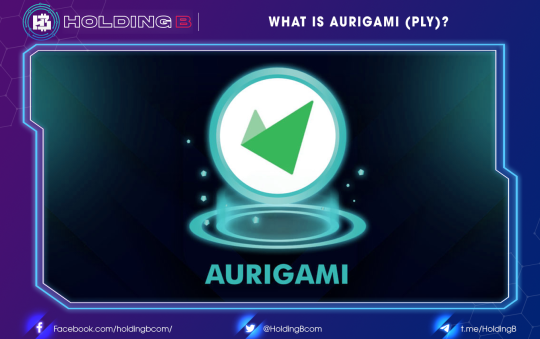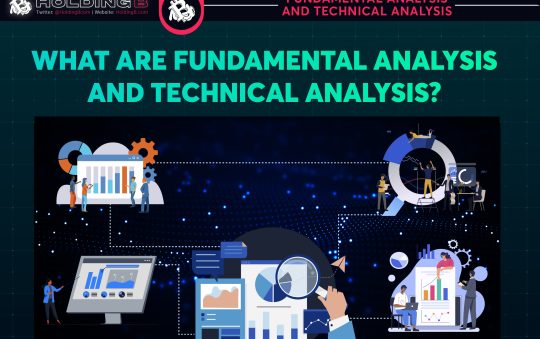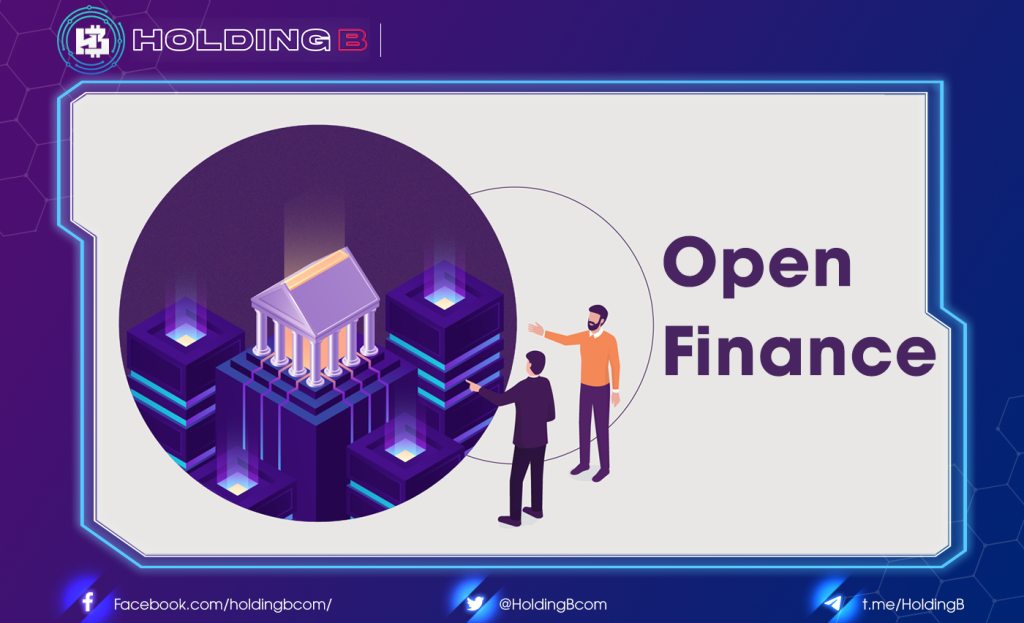
What is Open Finance?
OpenDeFi encourages the tokenization of real-world assets such as gold, silver, stocks, commodities, exchange-traded funds (ETFs), etc. In addition, the platform is also being prioritized to support aggregation and derivation.
Interestingly, the assets are insured and managed for increased transparency and easy access at all times. OpFi is divided into main classes and functions to achieve this goal.
The combination of the above companies provides a platform that can satisfy traditional investors, blockchain developers, and digital asset users. In addition, it provides a bridge where other decentralized platforms can exchange or share virtual assets.
Important Parts of Open Finance
OroPocket
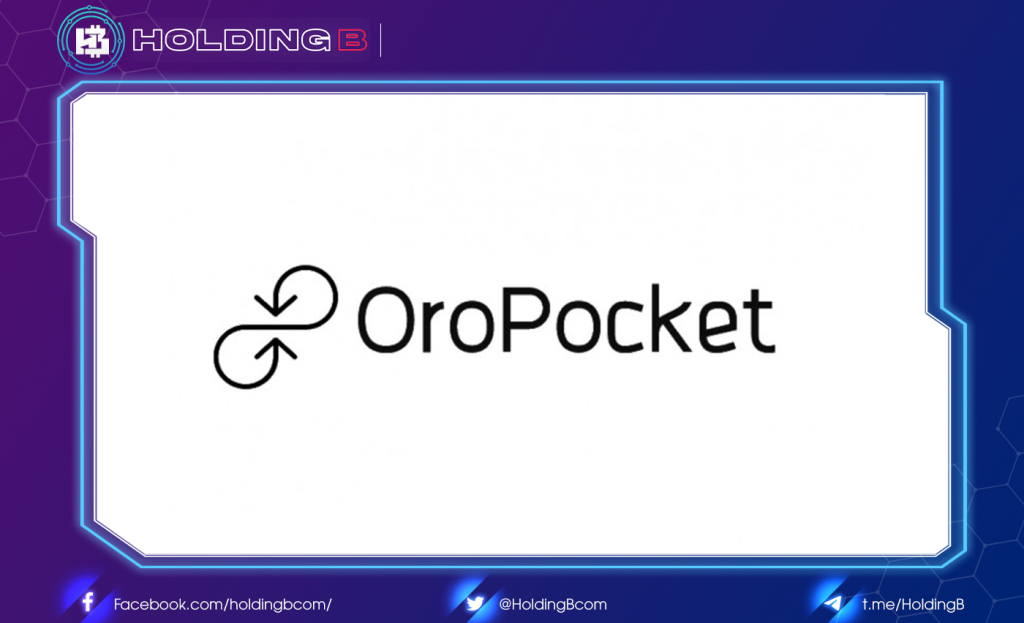
OroPocket is like a bank that turns your deposits into assets. To spend money, OroPocket offers a debit card. It allows users to interact with instant loans, earn interest on investments and send them instantly globally to family and friends.
Assets that can be used with OroPocket include EFTs, cryptocurrencies, energy and oil, real estate, and precious metals. It was built to combat the inflation of government-issued currencies, the lack of transparency from conventional financial institutions, as well as increase the access to funds and banks of more than 3 billion unbanked individuals around the world. Moreover, it has an effective interest rate and saves users from the unfortunate monkey business done by banks with their customers’ money today.
Architecture
OpenDeFi’s architecture breaks down physical assets, enables instant transactions and cheap lending, and generates a return on assets.
- Divide physical assets into manageable chunks: Decentralized platforms allow the display of prices of real-world valuables instead of the asset itself. Without a strong link to physical assets, traders are exposed to a multitude of risks, such as collateral, counterparty, and liquidity risks.
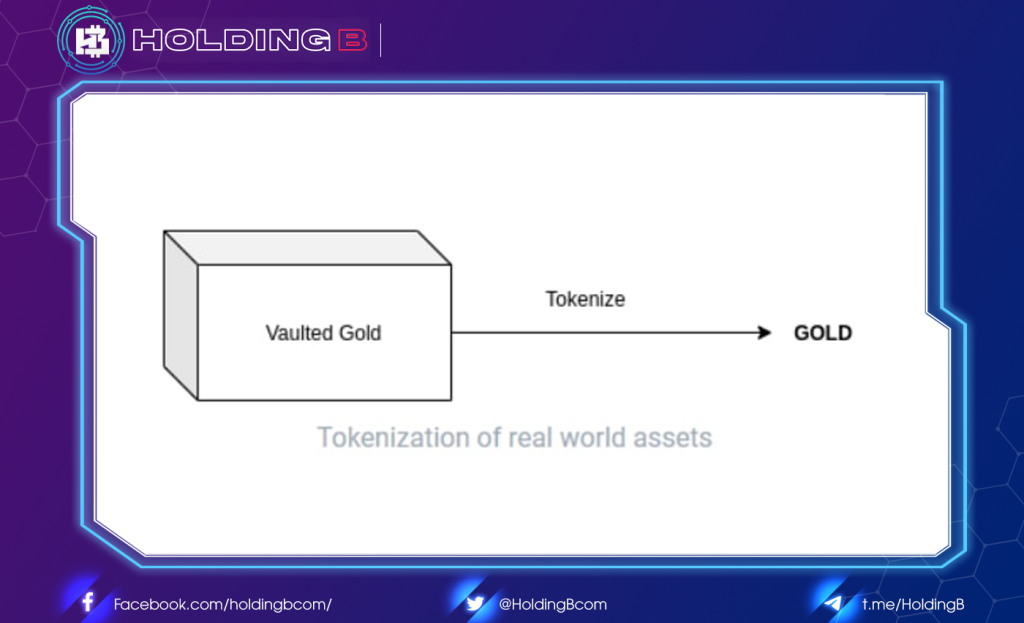
- Instant Transactions: It facilitates the decentralized exchange of physical goods without worrying about price fluctuations. To be able to track the movement of an asset throughout the entire ecosystem, each virtual asset is handled by a single smart contract. Part of the smart contract’s function is to process USD-pegged tokens deposited by investors.
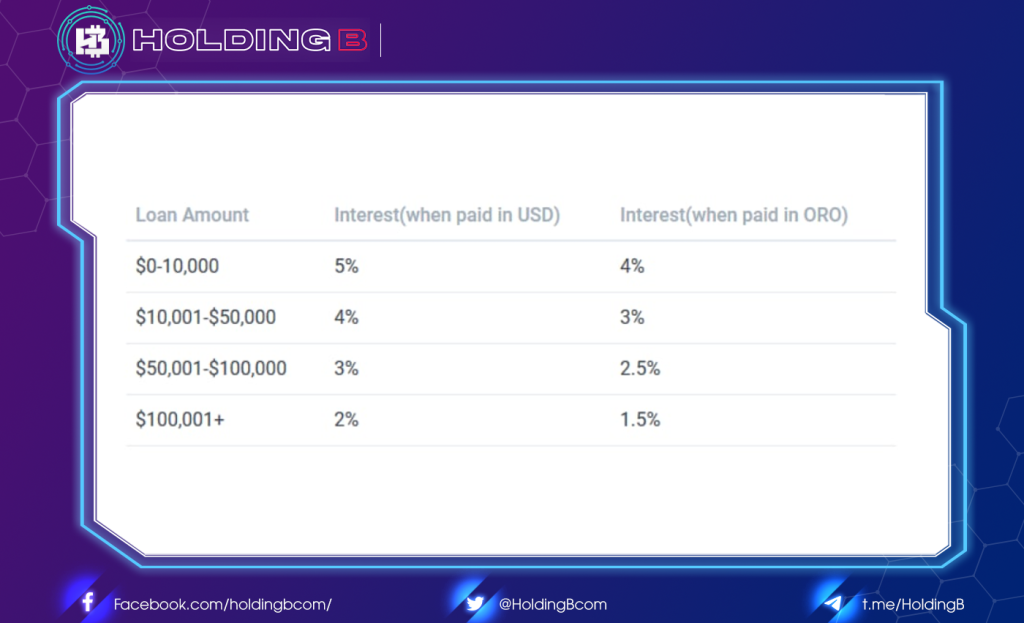
- Interest-based assets: OpenDeFi allows users to earn interest on assets. As a result, more people interact with the network. Profit farming allows users to gain the platform’s native token, ORO.
ORO
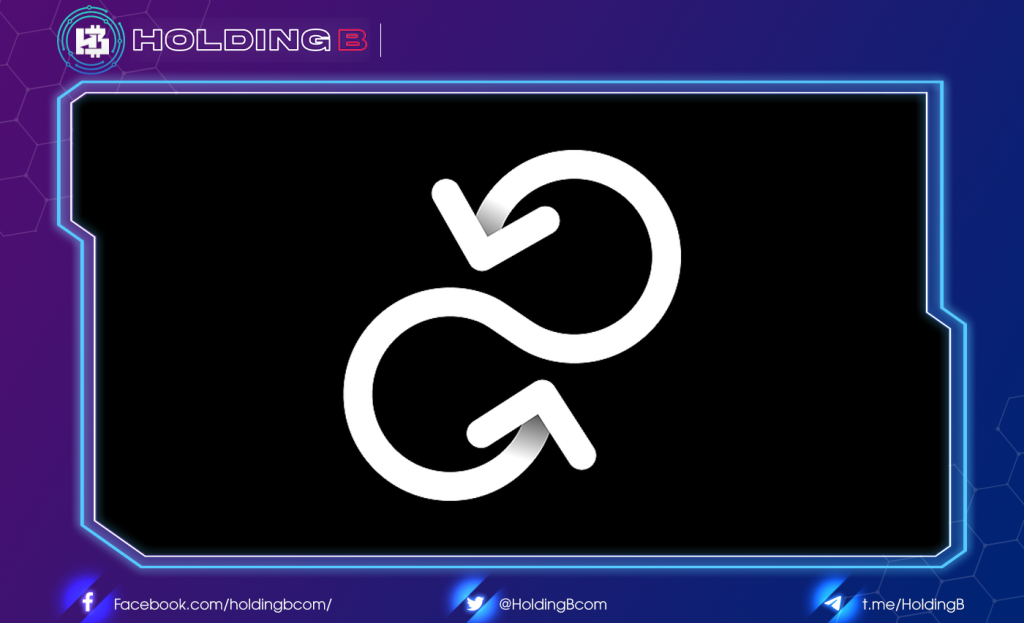
ORO is the governance token of the protocol. Additionally, it forms the heart of the platform’s rewards and reserve system. ORO staking gives users the right to the platform’s inflation rewards.
ORO follows Ethereum’s ERC20 token standards and has an initial supply of 100 million tokens. The tokens are divided into three categories: token sales (30%), staking rewards (20%), and reserves (20%).Others include partnerships, mentoring, and marketing.
When referred to as “governance tokens,” ORO token holders can influence important decisions on the network. What’s interesting is that they can decide who’s on the team, make major platform upgrades, and make changes to system specs. Note that the network’s administration module is inspired by Compound, a popular DeFi protocol.
Yield Farming on OpenDeFi
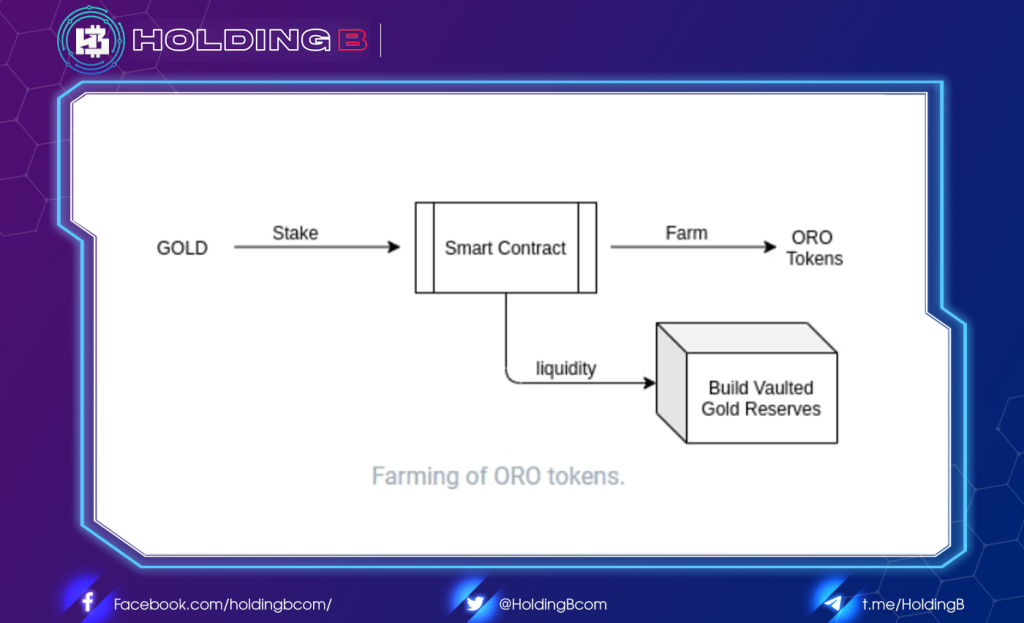
Open finance supports increasing returns through real-world assets. Notably, the earnings earned are distributed in ORO tokens daily. To enhance transparency in the profit calculation, the protocol considers the availability of tokens based on assets and demand.
Low liquidity means more returns to attract investors, while high liquidity reduces yields to incentivize users to diversify their holdings into things like hedging.
See ya in the next article !
Don’t forget to follow useful articles about Crypto Market from team Holding B !!!
- Telegram Channel: https://t.me/HoldingBcom
- Telegram Group: https://t.me/HoldingB
- Website: https://holdingb.com/
- Twitter: https://twitter.com/HoldingBcom
- Facebook: https://www.facebook.com/holdingbcom


